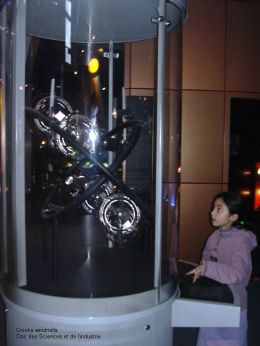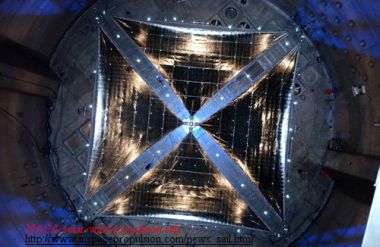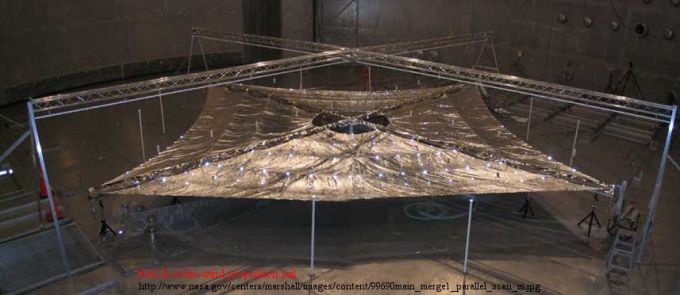
The Crookes Light Mill
The Crookes Light Mill (radiometer) consists of a glass bulb filled with low pressure gas. Kinetic theory of gases offers the following explanation of the radiometric effect that can be observed in the mill: the average kinetic energy of a molecule increases with rising temperature. When molecules of gas hit the black sides of the vanes they bounce off with greater velocity then when they hit the white sides. Due to the difference between the momentum deposited by molecules on black and white side of each vane respectively, pushing force is created.

Radiometric effect does not appear at very low pressure (sufficient quantity of molecules is needed) or at higher pressure (e.g. atmospheric pressure). It is because at higher pressure molecules hitting against the 'hot' side of a vane lose some of their energy (and momentum) when colliding with 'cooler' molecules and consequently pushing force is weaker, in spite of the fact that more molecules participate in the process of depositing energy and momentum.
JW Player goes here
|

The pushing force of photons is far too weak to set the mill in spinning motion. The pushing force of solar photons (1000 W/m2 of power) is only 9 N per square km.
